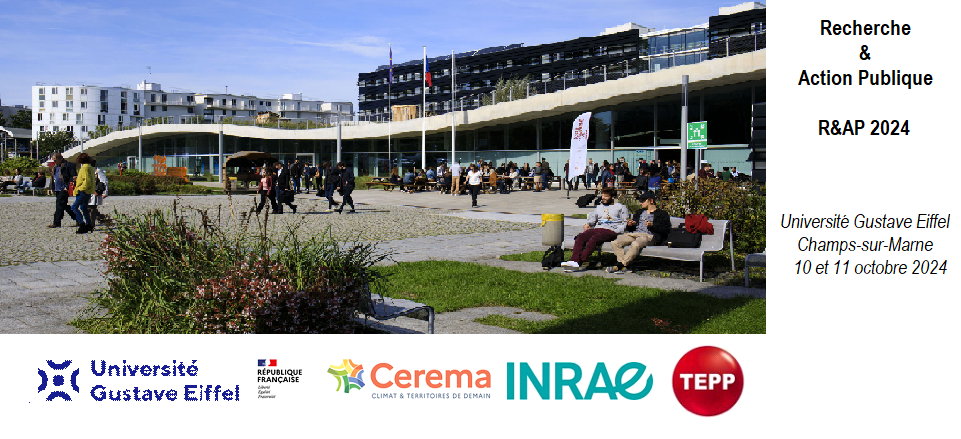Giving Madagascar's high exposure to cyclones accentuated by its multi-dimensional vulnerability, the implementation of a robust natural risk reduction policy is critical. This paper proposes a regional-scale risk index named Hurricane Risk Index for Madagascar (HRI-M) for risk assessment. For HRI-M construction, we use Multi-Layer Benefit-Of Doubt (MLBOD) approach developed by Shen et al. (2013), which is an extension of Benefit of Doubt (BOD) model based on a non parametric Data Envelopment Analysis (DEA) technique (Charnes et al., 1978). The BOD method is an endogenous weighting system, which allows for the determination of a relative cyclone risk level for each region compared to others within Madagascar. In addition, the multi-layer version (MLBOD) enables us to take into account the hierarchical structure of employed risk indicators. Following established literature, the HRI-M includes three key risk components : hazard, exposure and vulnerability. The data optimization procedure for Madagascar's 22 regions revealed a cyclone risk index ranging from 1 (Melaky and Sofia) to 0.642 (Itasy).The hazard component contributes significantly ( 38,78%) to the final's score, followed slightly by vulnerability (36.51%) and exposure (24.69%). However, a deeper analysis at each dimension level highlights differentiated risk profiles, emphasizing the heterogeneity of risk origins across regions. This underscores the importance of implementing a differentiated public policy approach, tailored to the specific risk profile of each region.

|
|
|
|
ASSESSMENT OF CYCLONE RISK IN MADAGASCAR : MULTI-LAYER BENEFIT-OF DOUBT APPROACH
1 : Université de La Réunion - UFR Droit et économie
|
 PDF version
PDF version
